⬅ Click here to return to the Winter Camp portal
| Day | Schedule |
|---|---|
| Tuesday 12/29/2020 |
Animal Superpowers Meet Sequoia, the Northern Spotted Owl Make an owl finger puppet Click on follow-up DIY activities below: Print Tuesday's activities |
Snowshoe Hare Camouflage
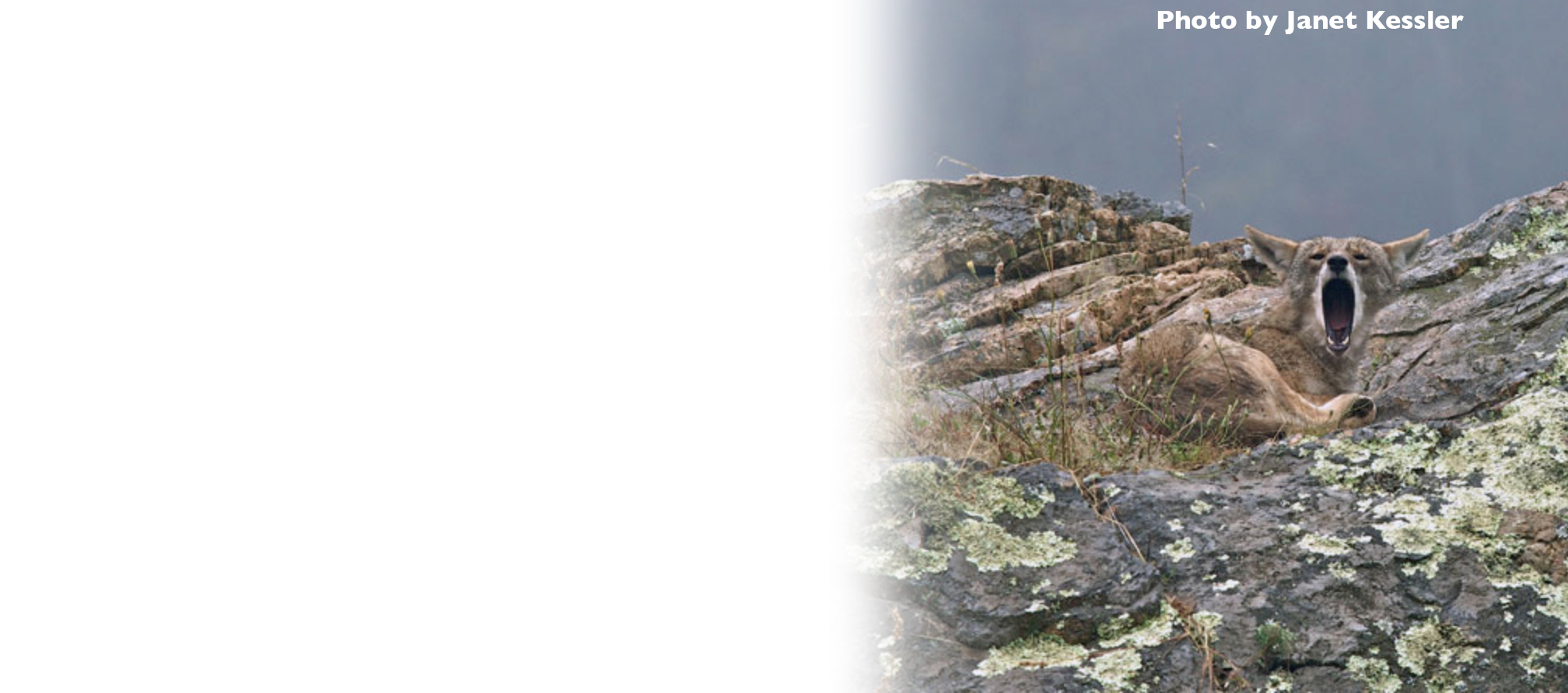
Tigers have stripes, baby deer have polka dots, owls look like tree bark, and octopuses can change color.
It's amazing how many different kinds of camouflage exist in the animal world!
Can you see how the color of the coyote's fur helps it blend in with the grass and rocks in the picture?

The Snowshoe Hare is an animal with excellent camouflage! In the summer their fur is a reddish-brown color that helps them blend in with dirt and rocks.

In the winter, they grow new fur that is white as snow. This helps them blend in with the snowy landscape. In this activity, you will get to help a Snowshoe Hare camouflage outside, and then challenge a partner to find him!
Here's what you will need for this activity:
✅ Click here to open and print the Snowshoe Hare outline,✅ Colored pencils, markers, or crayons,
✅ Scissors,
✅ Glue or tape,
✅ A partner to be the Seeker.
- Choose a place outside where you would like to make your Snowshoe Hare camouflage.
- Color in the fur to match the colors of the spot you chose. For example, if you chose a spot with soil, color the Snowshoe Hare to look like the soil. If you chose a spot with rocks, color the Snowshoe Hare to look like rocks.
-
Cut out the Snowshoe Hare outline.
- Hide your completed Snowshoe Hare and see if your partner can find him!
- When your partner finds the Snowshoe Hare, you can choose a new hiding spot and play again. When you're done playing, find a nice spot on the refrigerator to display your beautiful Snowshoe Hare!
Just for fun, take a look at some of these other animals whose skin, feathers, or fur help them camouflage in their habitats!
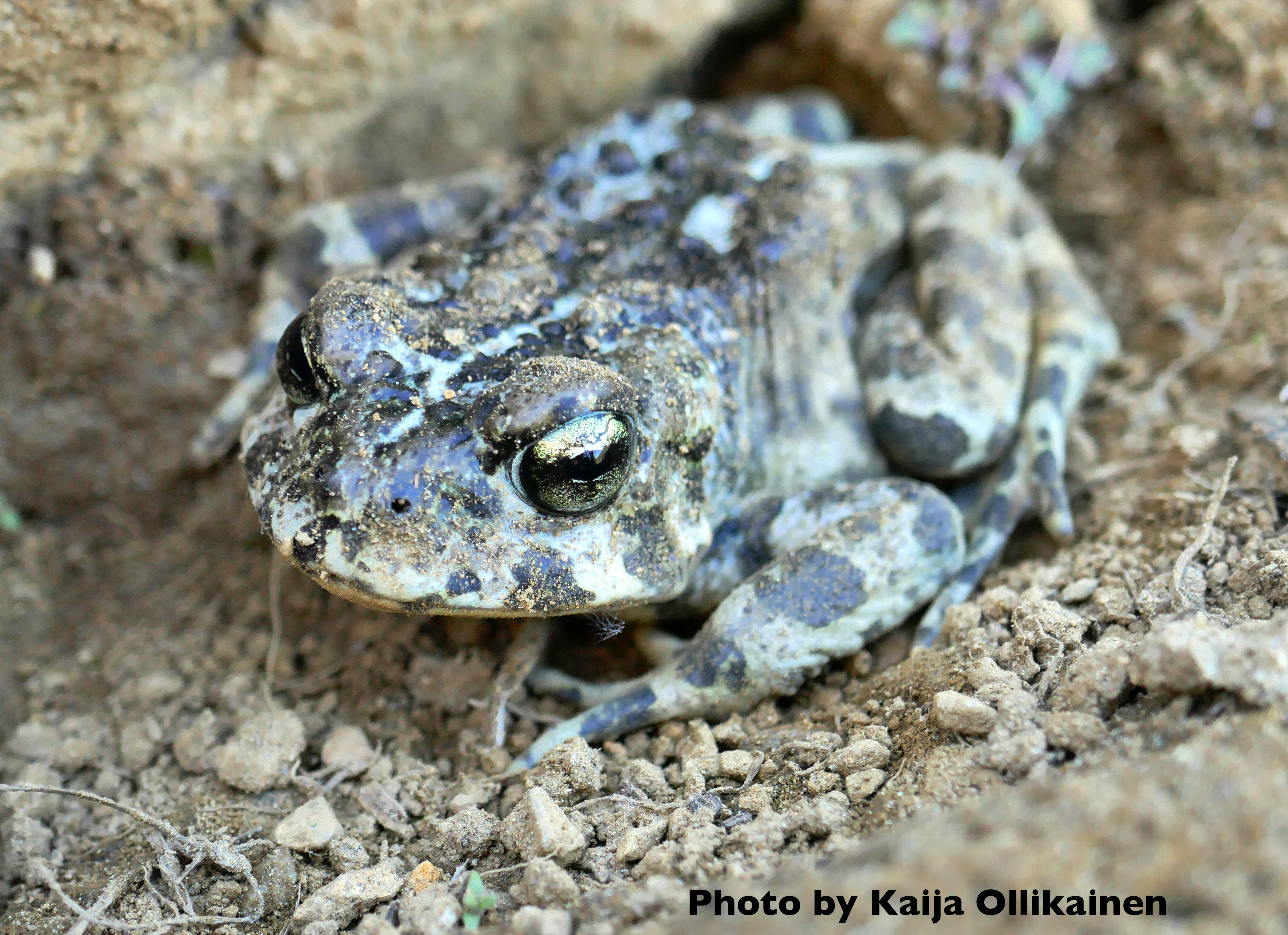
Western Toad
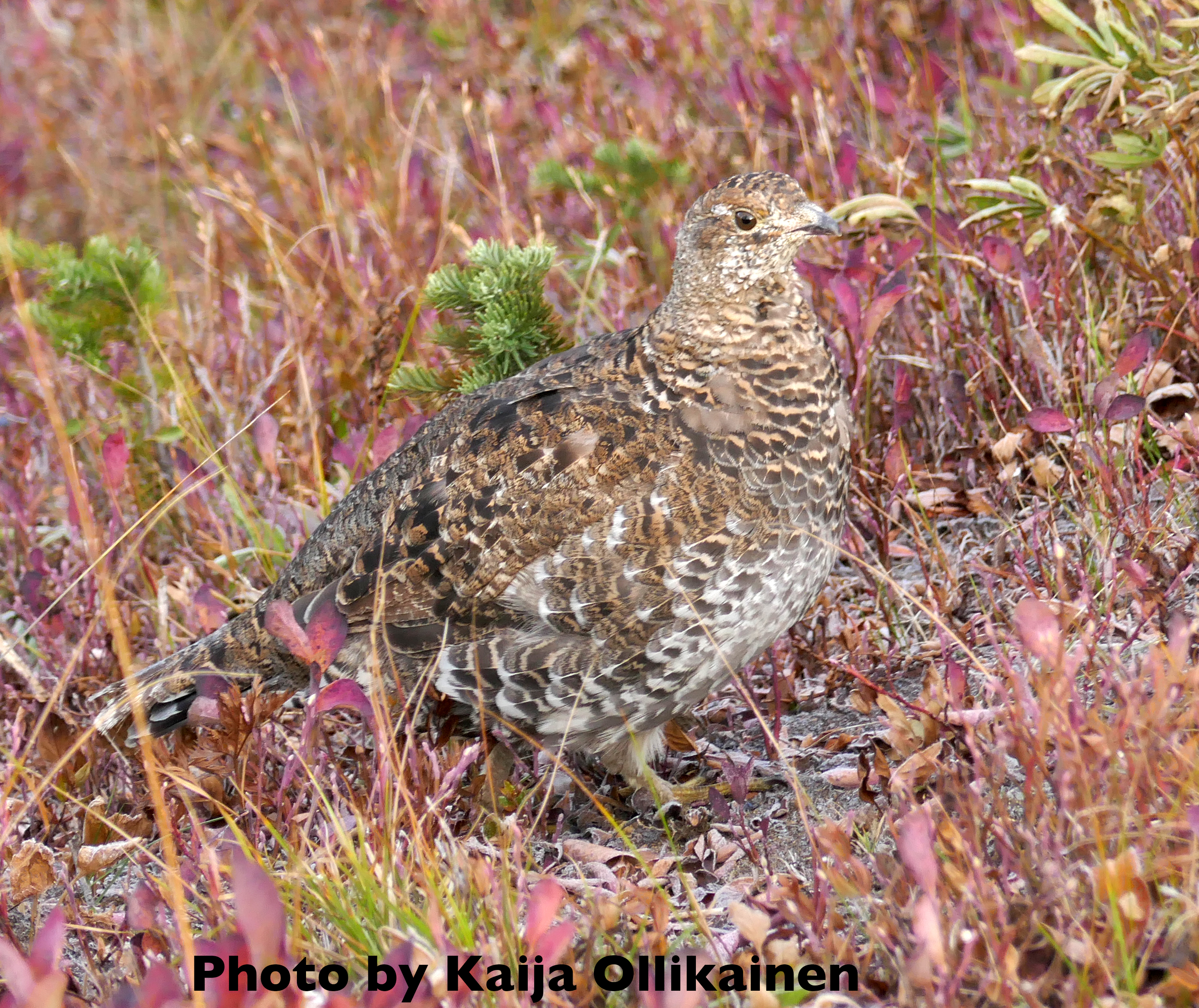
Sooty Grouse
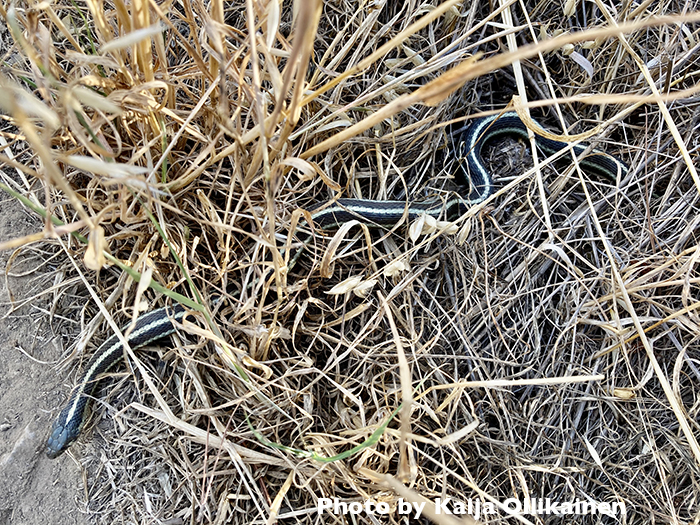
Garter Snake
Can you find the Black-tailed Deer fawn in this picture?
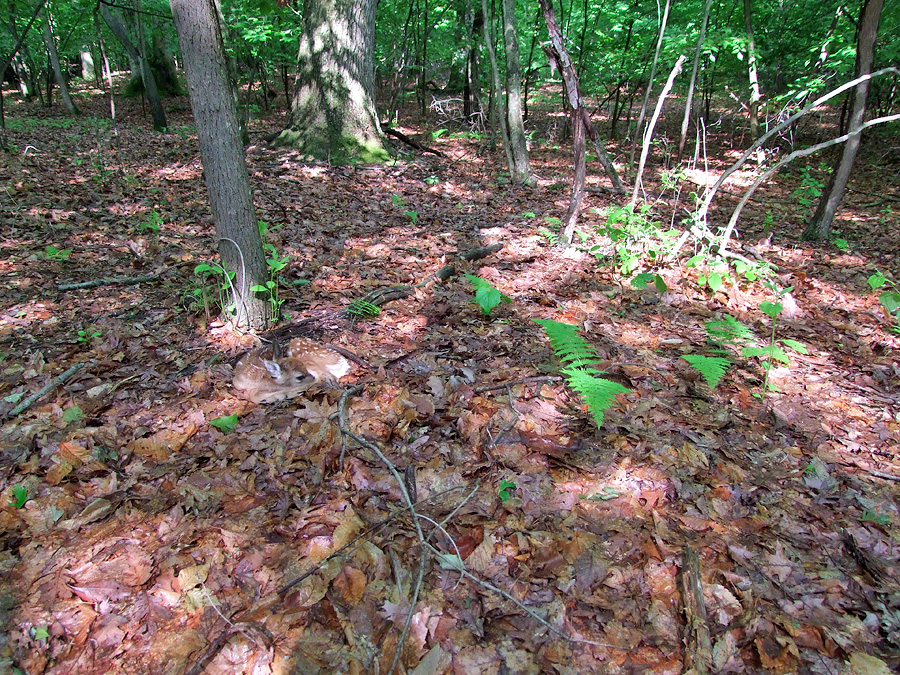
BONUS GAME!
Play this active movement game with your family after your camouflaged Snowshoe Hare has been found!
Video clip is 1 minute long.
Scroll down for more activities
⬇
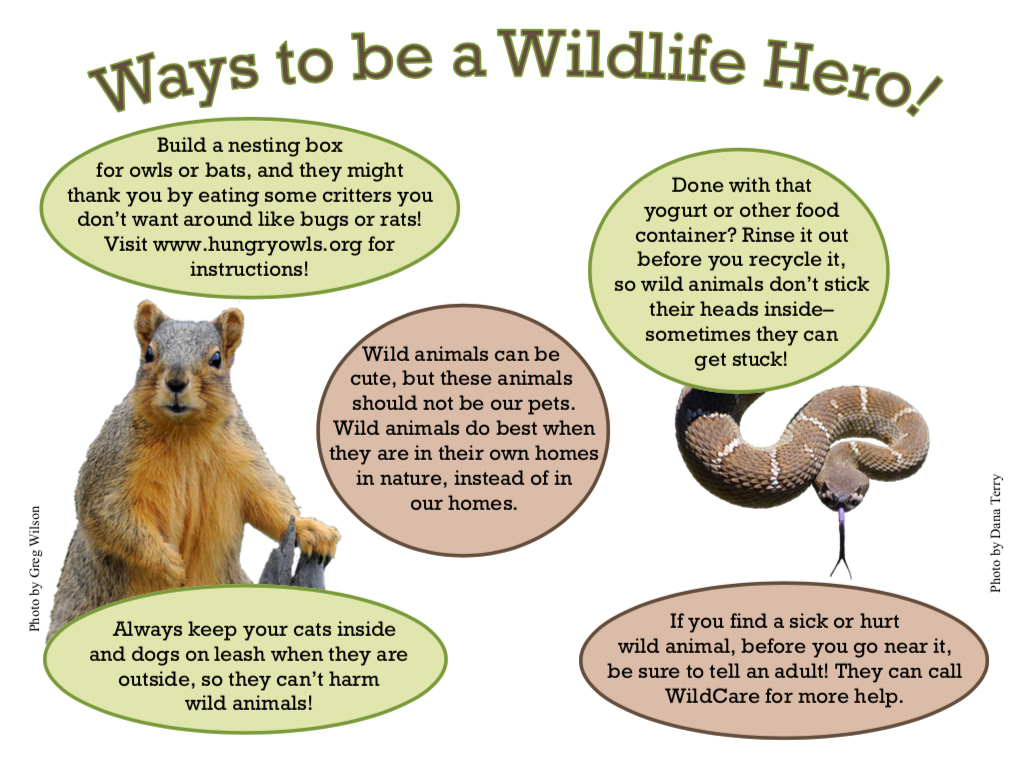
Sound Map Activity
“The Earth has music for those who listen” ~ William Shakespeare
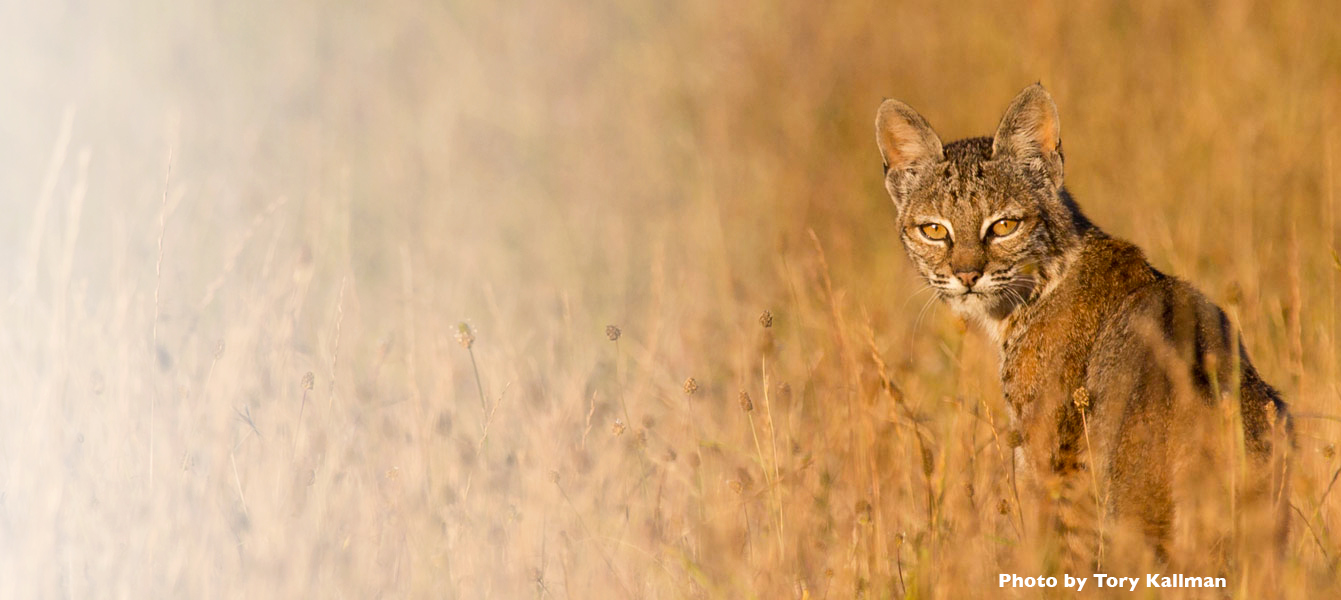
What do elephants, dolphins, owls, bats, foxes, moths, and bobcats have in common? They have an excellent sense of hearing!
Many animals can hear sounds that are outside our range of hearing, sounds that are very quiet, and sounds that are very far away.
In this activity we will warm up our sense of hearing and tune into the sounds in our environment by making a sound map. Instead of a map that shows where places are, your map will show where you heard sounds in nature!
Video clip is 30 seconds long.
Here's what you will need for this activity:
✅ Your nature journal, or a piece of blank paper,✅ A pen, pencil, or crayon,
✅ A safe spot to sit outside.
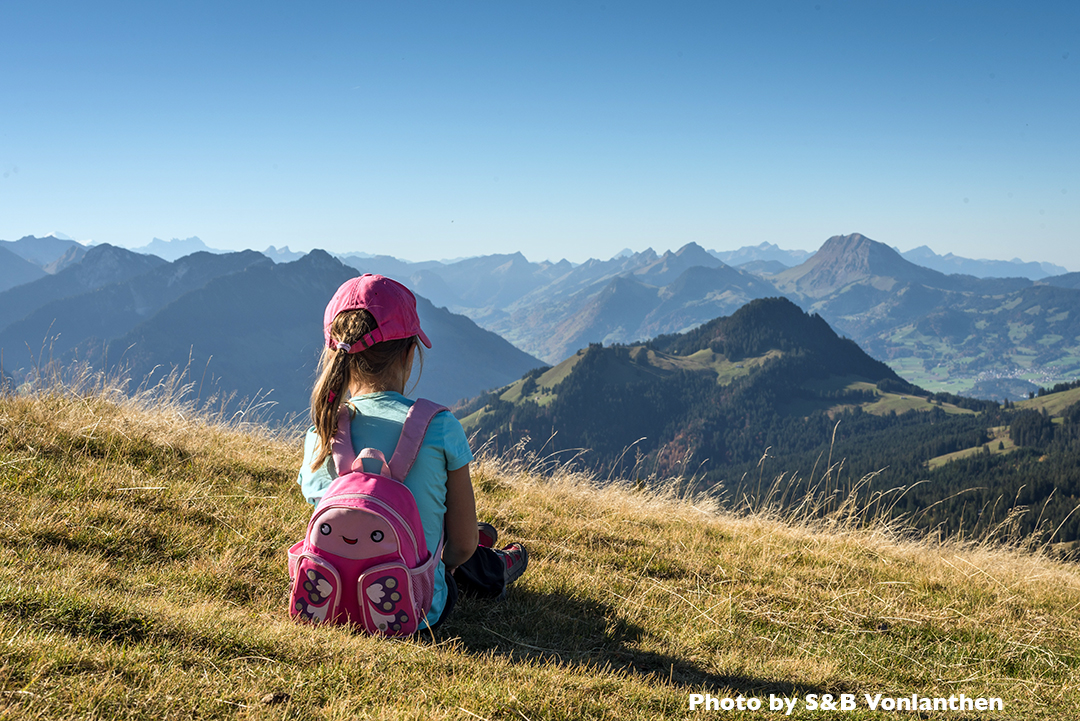
Find a safe spot to sit outside with your nature journal or piece of paper and something to write with. This could be in a yard, a park, or somewhere else in nature.
Once you are seated comfortably, get ready to focus on your senses by first taking three deep breaths.
Draw a dot in the center of your paper. That dot represents where you are sitting.
When you hear a sound, record it on your paper by drawing a small picture, shape, or symbol that represents what you think made that sound. You can also write a label for that sound, for example, "Buzzzz," or "Bird chirping" or "woof woof."
Try to listen for any sounds that are very close to you. Try to listen for any sounds that are coming from something that you cannot see. Try to listen for the sound that is the farthest away.
You can sit and add to your sound map for 5 minutes, 10 minutes, or however long you want to! When you're done, you will have a sound map of an area, and will have practiced listening like wildlife!
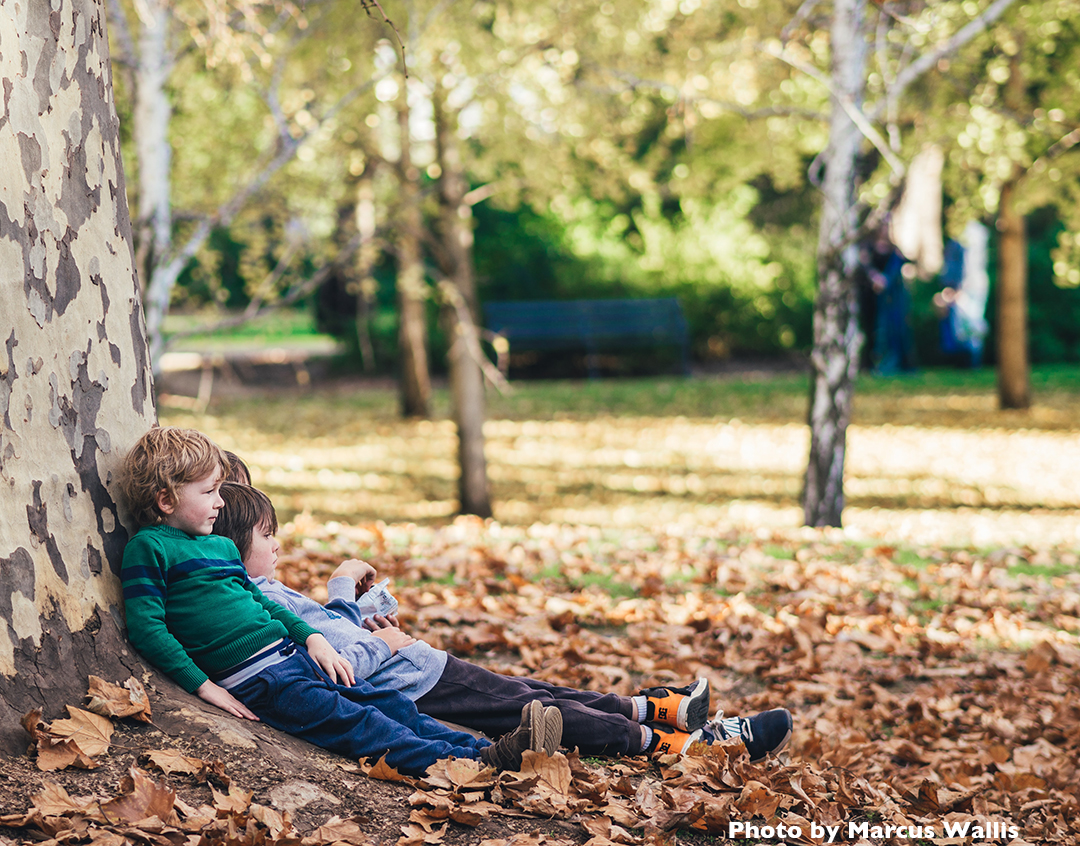
Nature Sit Spot
If you enjoyed making a sound map, invite your family to find a Nature Sit Spot with you. A Sit Spot is a quiet place somewhere in nature where you just sit and don't do anything else. You might notice special things around you that you would have missed if you were moving around or talking! Can you think of a place outside you want to try a Nature Sit Spot in?
Scroll down for more activities
⬇
Meet Sequoia, our Wildlife Ambassador
Northern Spotted Owl
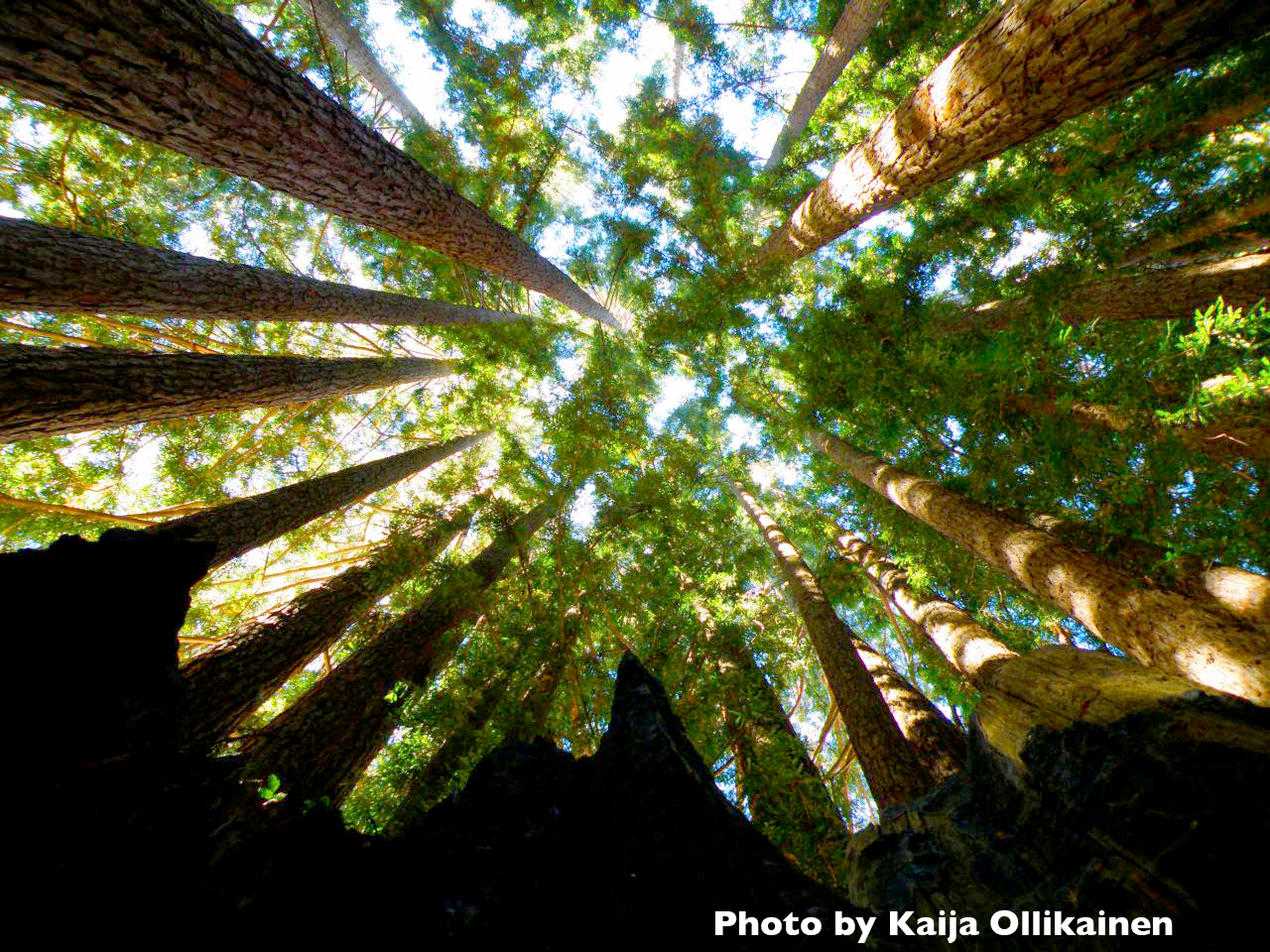
Have you ever visited a redwood forest and felt the cool air in the shade of the tall trees?
Or watched a Banana Slug slowly slime over the trail?
Or heard birds chirping above you?
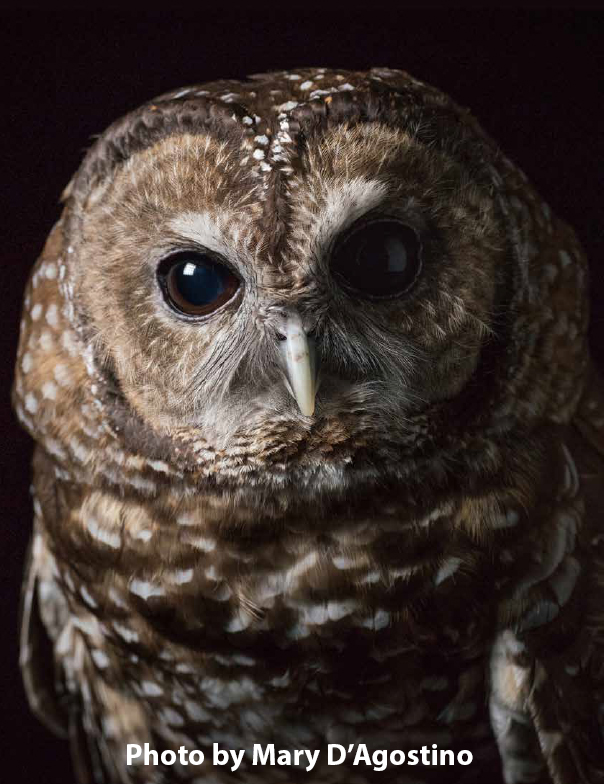
When you visit a redwood forest, you can experience how special it is and see how many plants and animals call it their home. Redwood forests are also important habitat for the Northern Spotted Owl. These owls are a threatened species, which means there aren't that many left in the wild due to competition from Barred Owls, and habitat loss from timber harvest and fire.
Enjoy this up close look at Sequoia, our Wildlife Ambassador Northern Spotted Owl, and learn about ways we can protect redwood forest habitats!
Video clip is 4 minutes long.
There are many ways we can show our care for redwood forests and protect wildlife like the Northern Spotted Owl!
✅ "Pack it in; Pack it out"
Make sure that everything you bring on your hike stays with you the whole time. This means carrying any wrappers from your snacks, banana peels, and tissues. You can toss your waste in the proper bin once you are back home.
✅ "Take only photographs; Leave only footprints"
Make sure that when you visit a place you leave it better than you found it. This means you can pick up trash, you can take photographs, memories, and all the happiness that comes with smelling and breathing fresh air. But do not take plants, rocks, or animals from the wild.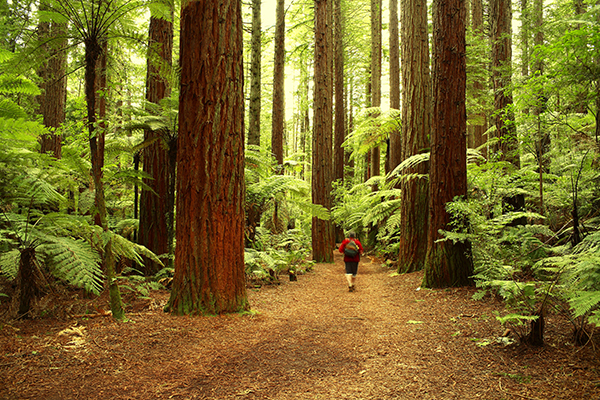
What other actions do you take to care for and protect the environment when you go on adventures outdoors?
Video clip is 2 minutes long.
Scroll down for more activities
⬇
Animal Jokes and Puzzles
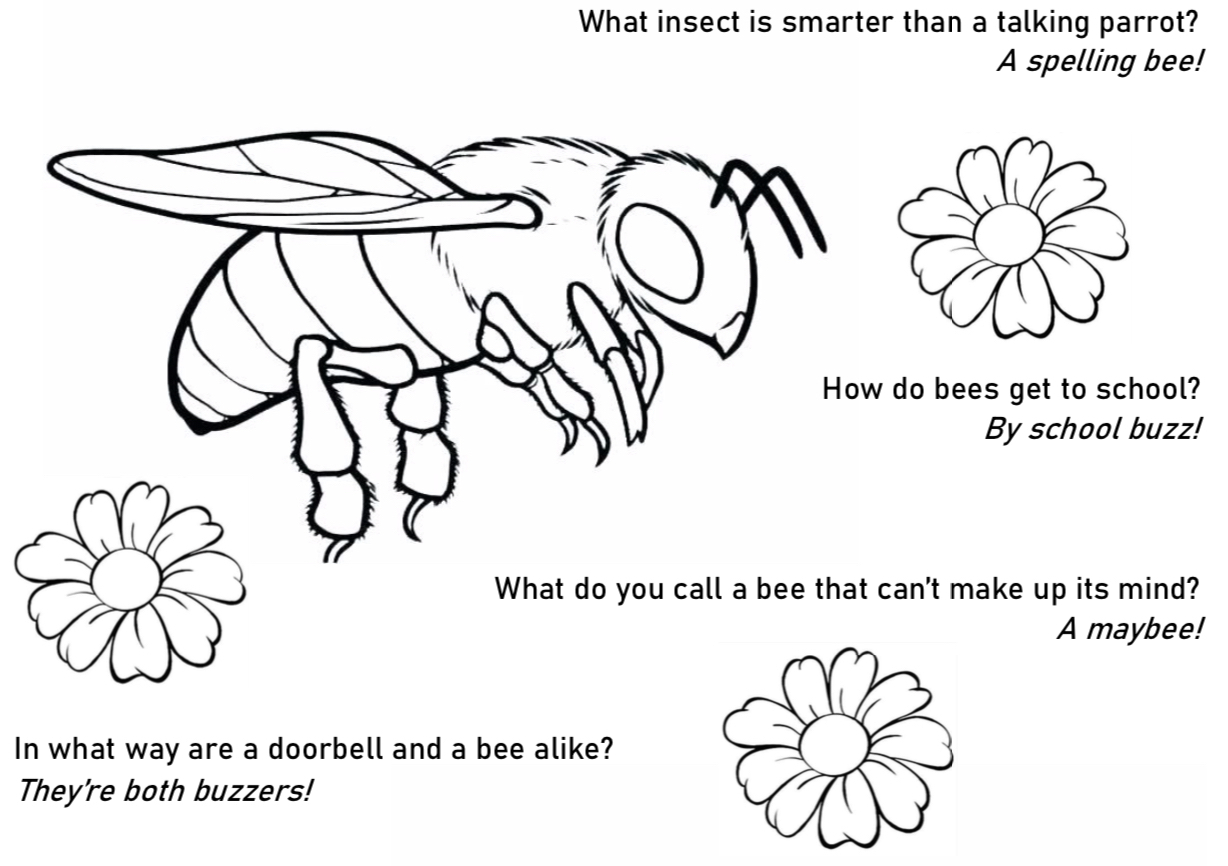
Just For Fun: Scrambled Words!
Where Do I Live?
Unscramble the words and find out.
I’m a polar bear; I live near the... CRACTI NOCAE
I’m an acorn woodpecker; I live near... KOA SERTE
I’m a moose, and I live up in... DAACAN
I’m a salamander, and I live... NI TEW SLAVEE
I’m a rattlesnake, and I live in the... STEDRE
I’m a dragonfly, and I live near a... NODP
I’m an elf owl, and I live in a... SCUTAC
I’m a ground squirrel, and I live in a... WUBROR
I’m a deer, and I live in the... ODSOW
I’m a peregrine falcon, and I live on a... FLFCI
I’m a beetle and I live in tree... RBKA
I’m a sandpiper, and I live at the... RESSOAHE
I’m a spider, and I live in a... DRAGNE
Questions and Answers
Find answers to your questions about Winter Camp below, or send us an email
-
How does my camper join the Zoom meeting?
Click on the Zoom link sent to your email with your registration confirmation. You will be prompted to either download the Zoom app and join from there, or you can choose to join from your web browser without creating an account. The password is embedded in the link; do not share the link with anyone outside of camp!
-
Will my camper get to talk and ask questions?
Yes! Campers will have plenty of time to ask questions, share stories, and interact with other campers and our wildlife educators over Zoom. Sometimes campers will be automatically muted while our wildlife educators are presenting.
-
Will there be any live animals?
Yes! Campers will get to ask questions and interact with our wildlife educators as they introduce a different non-releasable Wildlife Ambassador animal each day of camp.
-
What does my camper need to bring each day?
Pick up a complimentary packet of printed materials from WildCare before the week of camp, or download and print the craft activity for each day. Please have your camper join the Zoom meeting ready with the printed activity for the day, scissors, and coloring supplies.
-
When can I pick up my packet of printed craft materials from WildCare?
Please pick up ahead of time 7 days a week 9am-5pm from December 9th to December 23rd. Come to our front gate and push the Ring button to be assisted. Let the staff member who greets you know that you are here to pick up your Winter Camp packet, and they will bring it to you.
WildCare's address is:
76 Albert Park Lane, San Rafael, CA 94901.

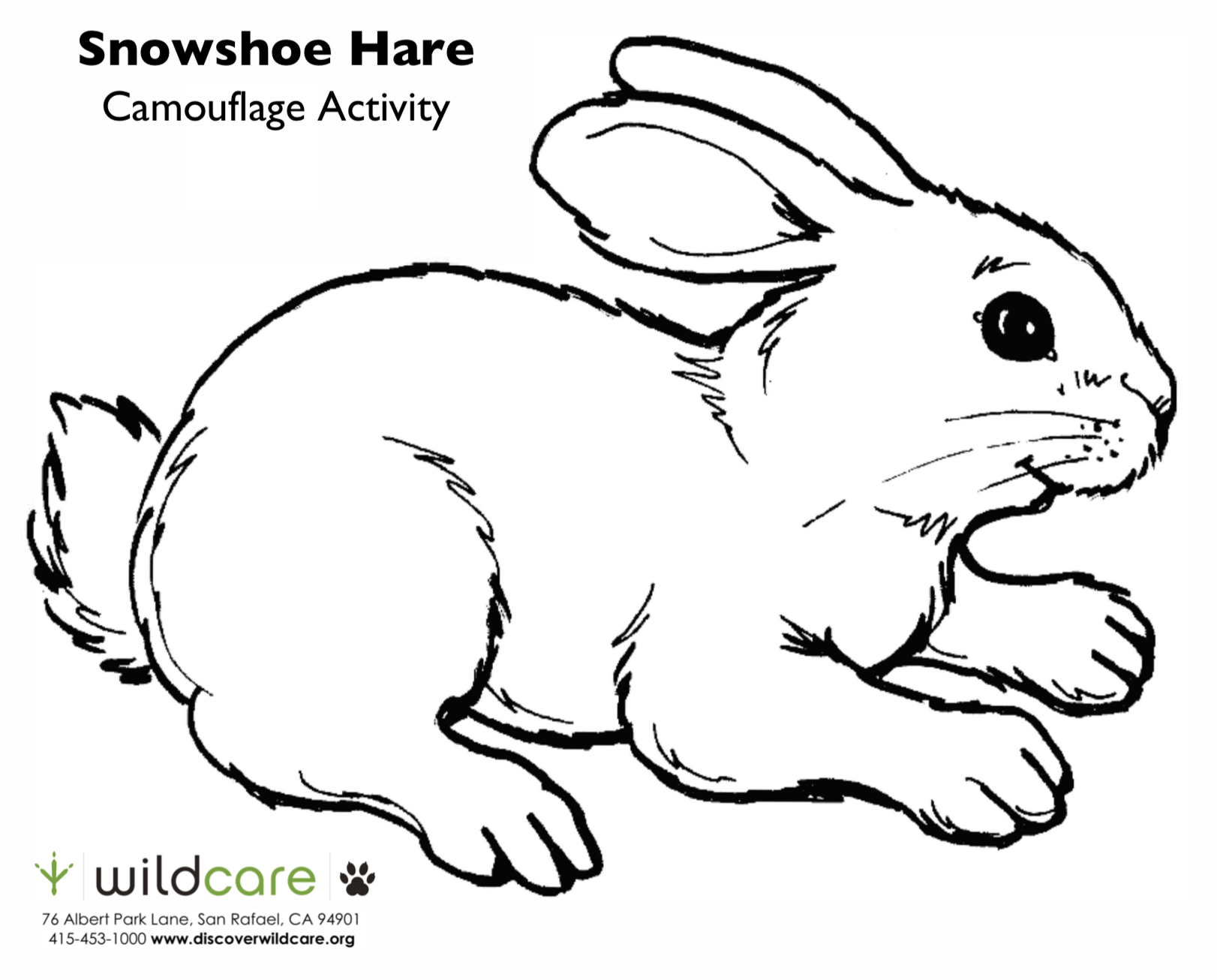 Click here to open and print the Snowshoe Hare outline,
Click here to open and print the Snowshoe Hare outline,